20 Surprising and Little-Known Facts About Cats
People tend to think they’ve got cats figured out—aloof, affectionate when it suits them, maybe a little dramatic around a closed door. But behind those behaviors are dozens of details that often go unnoticed. Scientists and historians have uncovered facts about cats that most owners may not know.
Cat Noses Are as Distinct as Fingerprints
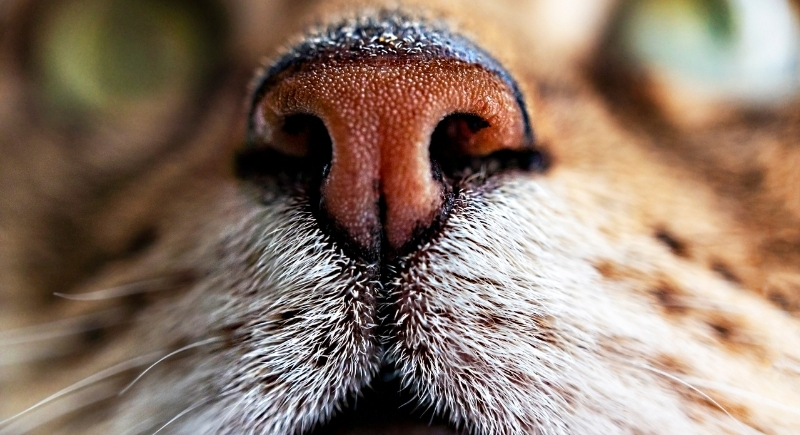
Credit: Getty Images
No two cat noses are exactly alike. Each one has a distinctive set of bumps and ridges that form a unique pattern, much like a fingerprint. It’s not something most owners notice, but that tiny pink nose is one of their most individual features.
Their Ears Rotate Almost All the Way Around
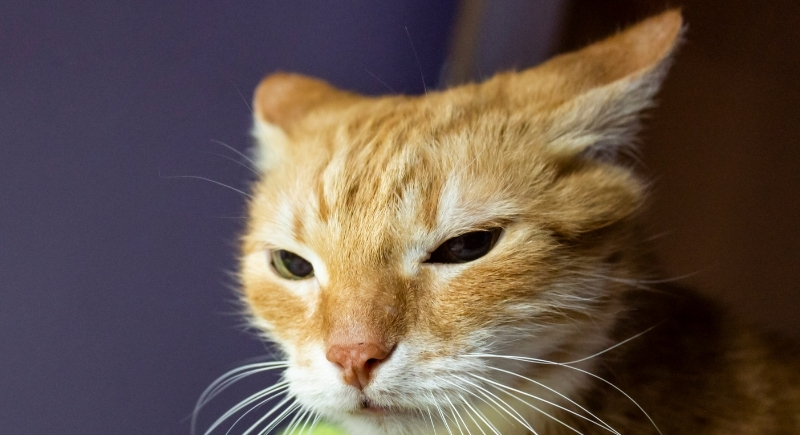
Credit: Canva
A cat’s ears can swivel up to 180 degrees. This sharp movement helps them locate prey, even in total darkness, by pinpointing exact sound direction. The muscles around the ears are highly sensitive, and when they become annoyed or overstimulated, the ears are often the first to twitch or flatten.
Purring Might Be a Built-In Healing Tool

Credit: Canva
The sound of a cat’s purr falls between 25 and 150 hertz, frequencies shown in studies to promote tissue and bone healing in both animals and humans. Cats purr when they’re content, but also when injured, frightened, or stressed. Researchers believe the vibrations may help speed up recovery and reduce pain.
A Cat’s Spine Contains More Bones Than a Human’s
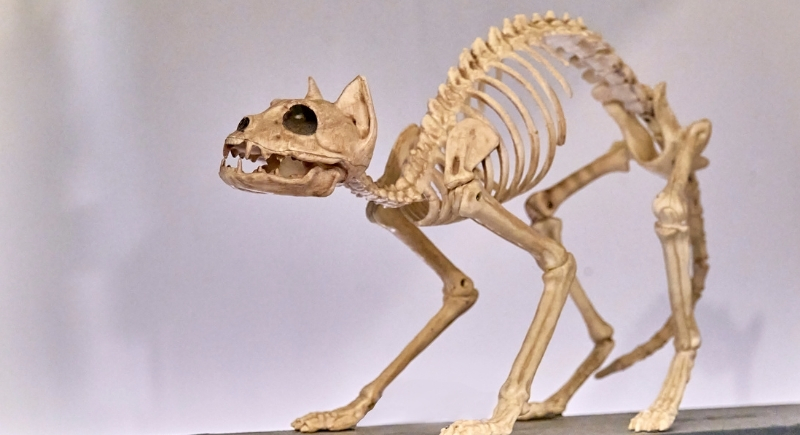
Credit: Canva
A cat’s body contains about 230 bones, more than a human’s 206. These extra, loosely connected bones give cats their famous agility. Their spines can twist midair, help them land on their feet, and squeeze through tight spots with ease. The flexibility is also why they stretch so often.
They Walk Like Camels and Giraffes

Credit: Getty Images
Cats move both legs on one side of the body before the other. Only two other animals walk this way: camels and giraffes. This movement minimizes noise and disturbance when sneaking up on prey, and it keeps their steps nearly invisible on soft surfaces.
Cats Can’t Taste Sugar

Credit: Getty Images
Unlike dogs or people, cats don’t have the receptor for sweetness. Evolution phased it out because obligate carnivores don’t benefit from sweet flavors. Their preferred treats are all protein and fat-based, which makes sense for an animal that evolved to eat mice.
Kneading Is Instinctual
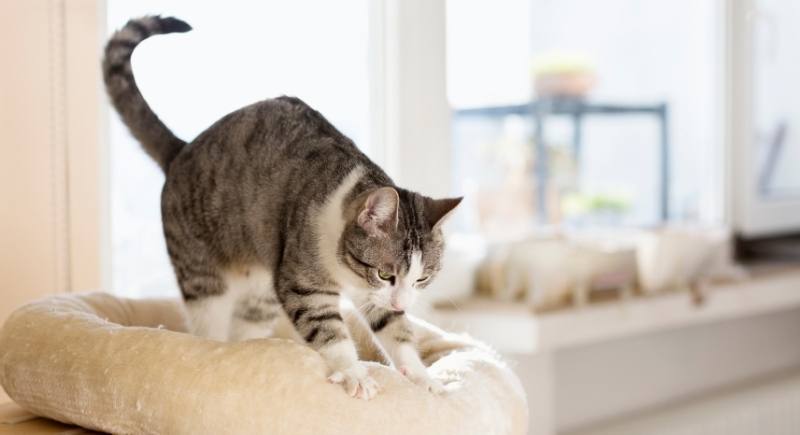
Credit: Getty Images
When cats press their paws rhythmically against a soft surface, it’s a leftover instinct from kittenhood. Nursing kittens knead to help stimulate milk flow, and adults keep doing it when they feel secure and content. It’s basically a built-in comfort habit.
Most Orange Cats Are Male
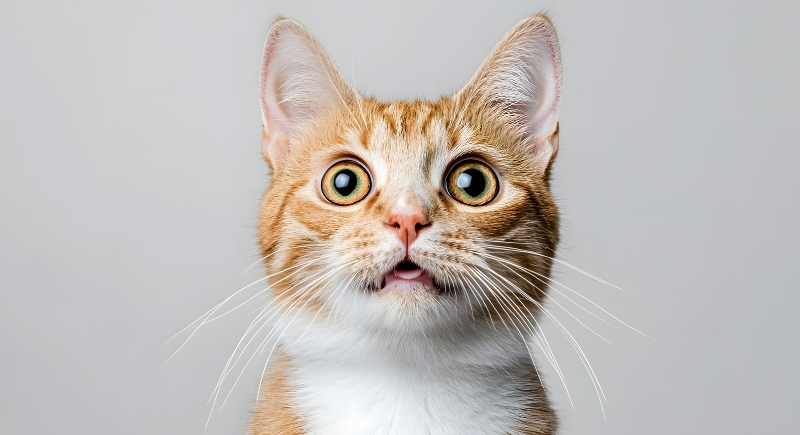
Credit: Canva
Roughly 80 percent of orange tabby cats are male due to the way the gene for orange coloring is carried on the X chromosome. Males need only one copy to display the color, while females need two. That’s why orange female cats are noticeably less common.
They Developed Meowing Just for Humans
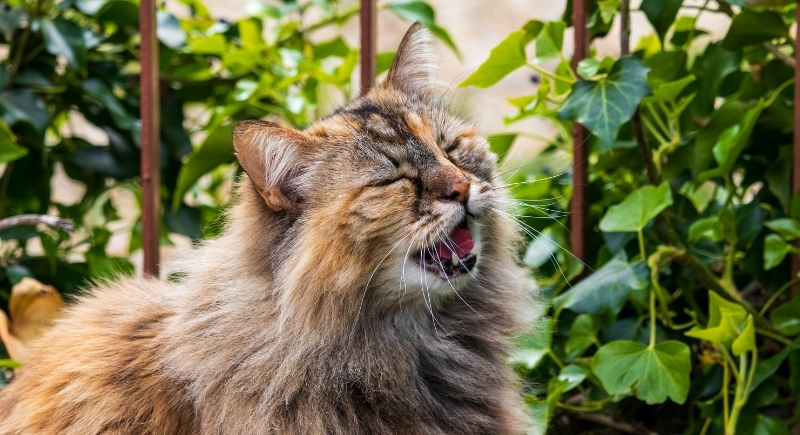
Credit: Getty Images
Adult cats don’t meow at each other in the wild. They reserve that vocalization for human interaction. Meowing helps them communicate their needs. It’s essentially a learned behavior, since cats almost never use it in their own social groups.
Cats Can Drink Seawater
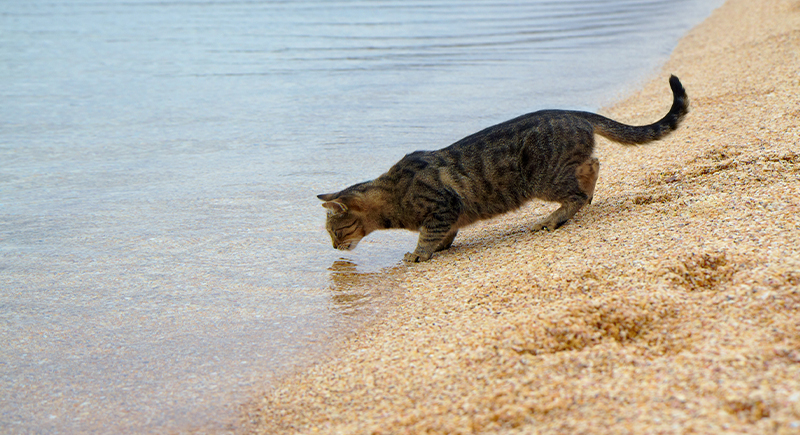
Credit: iStockphoto
A cat’s kidneys are efficient enough to filter out salt, which allows them to safely hydrate from seawater. This trait likely helped their wild ancestors survive near coasts and arid regions. In contrast, human kidneys would be overwhelmed by the salt content in ocean water.
They Use Scent to Mark You as Theirs
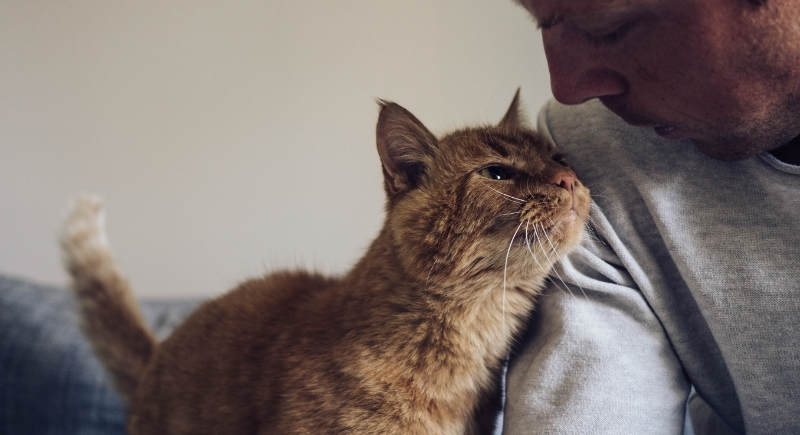
Credit: Getty Images
Cats’ scent glands around the cheeks and forehead release pheromones that signal territory. So, when they rub against you, you’re being marked as familiar and safe, essentially part of their environment. It’s why they tend to rub most after you’ve been away for a while.
Cats Have an Extra Organ for Tasting Smells
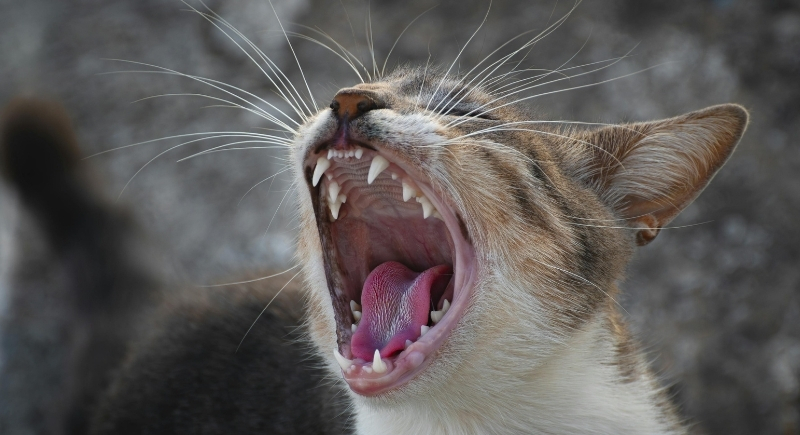
Credit: pexels
That face they make with their mouth slightly open is called the Flehmen response. They’re using the Jacobson’s organ, located on the roof of the mouth, to process pheromones or interesting scents. It helps them decode messages left by other animals in the air, especially those related to mating.
Whiskers Aren’t Just for Measuring Gaps

Credit: Canva
Cat whiskers can detect air movement and allow them to sense objects or motion before they are visible. These highly sensitive hairs, also called vibrissae, are found not only on the muzzle but also above the eyes and on the backs of their front legs. Trimming whiskers can disorient them significantly.
Polydactyl Cats Were Common on Ships
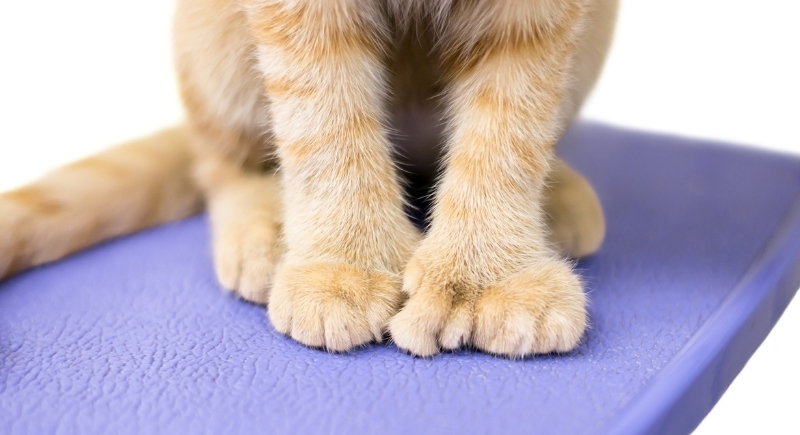
Credit: Getty Images
Sailors prized cats with extra toes—called polydactyls—due to the belief that they brought luck and were better at catching rodents. These cats had stronger, wider paws that helped with balance on swaying decks. Polydactylism is still common in coastal regions of North America, especially the Northeast, thanks to generations of seafaring feline ancestors.
They’re Not Actually Nocturnal
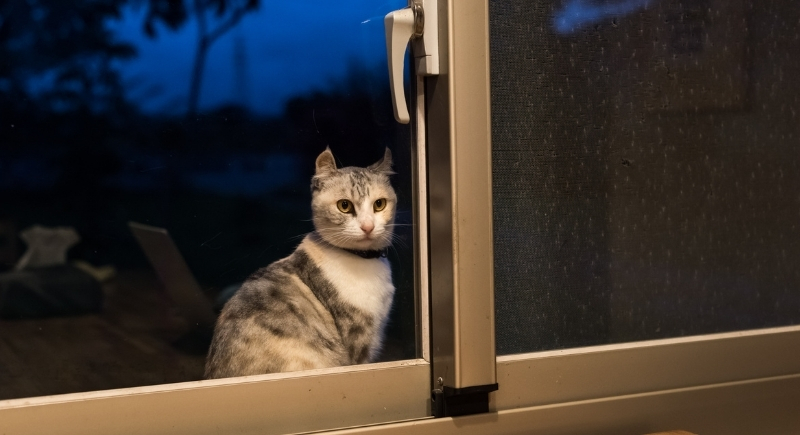
Credit: Canva
Cats follow a crepuscular schedule, meaning they’re most active at dawn and dusk. This behavior comes from their wild ancestors, who hunted during the cooler hours to avoid predators. It also explains those early morning zoomies and late-night hallway sprints.
Tails Aren’t for Balance Alone
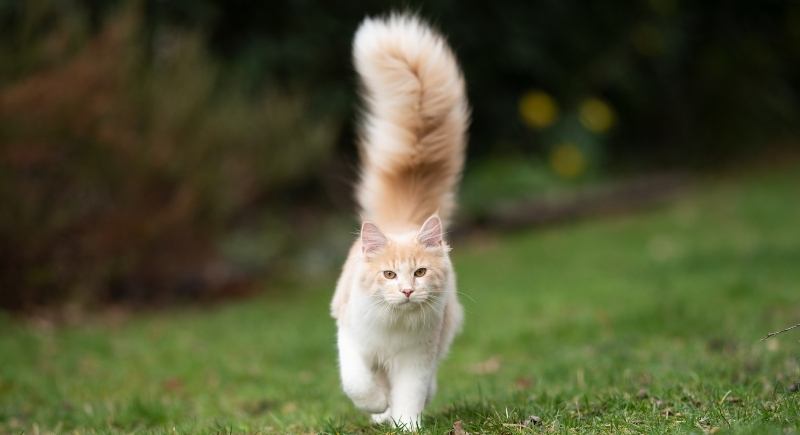
Credit: Getty Images
While tails do help balance cats during jumps and narrow walks, they also serve as mood indicators. A tail flicking quickly back and forth is a clear sign of irritation, not playfulness. A raised tail that quivers slightly usually means excitement, often shown when they greet someone they like.
Cats Can Remember Events for Hours
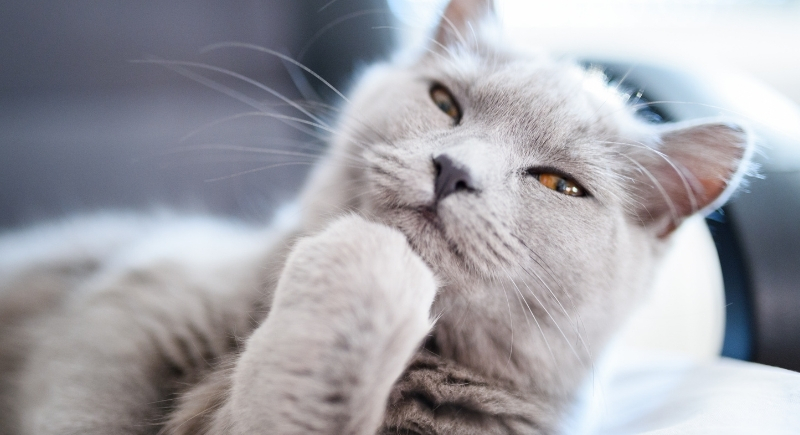
Credit: Getty Images
Short-term memory in cats can last up to 16 hours, but what they remember depends on relevance. Food locations, predator threats, or interactions with certain people make a bigger impression. Their memory is selective, and they’re more likely to recall what benefits them or what they found stressful.
Ancient Egyptians Shaved Their Eyebrows in Mourning
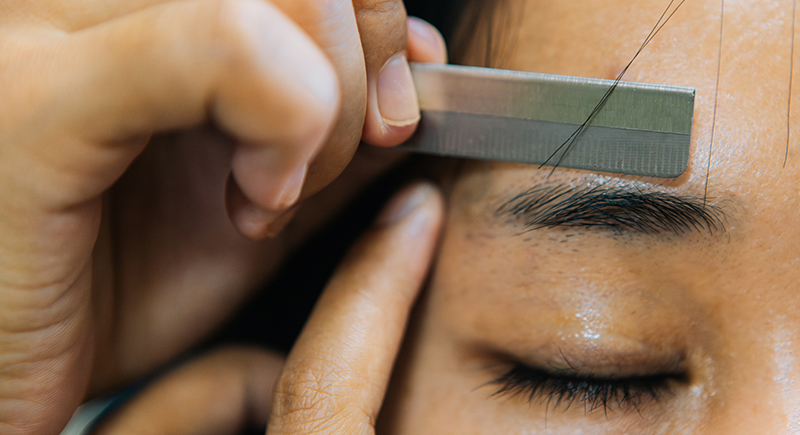
Credit: iStockphoto
In ancient Egypt, the loss of a family cat triggered a period of ritual mourning. Owners would shave their eyebrows as a public sign of grief. Cats were sacred, associated with the goddess Bastet, and harming one—even accidentally—was considered a serious offense. Their cultural status extended beyond pets into religion and law.
Black Cats Weren’t Always Considered Bad Luck
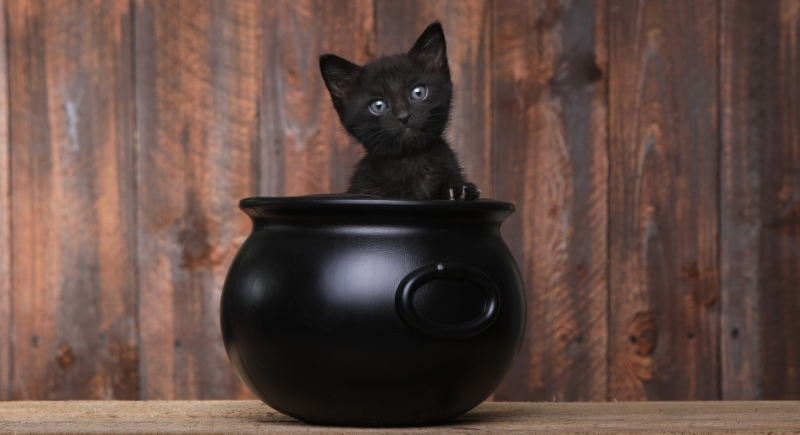
Credit: Canva
In places like the United Kingdom and Japan, black cats are often regarded as symbols of good fortune. In some cultures, a black cat crossing your path is seen as a positive omen. The negative reputation in North America grew in the Middle Ages, when they were associated with witchcraft and superstition in Europe.
One Cat Inherited Millions
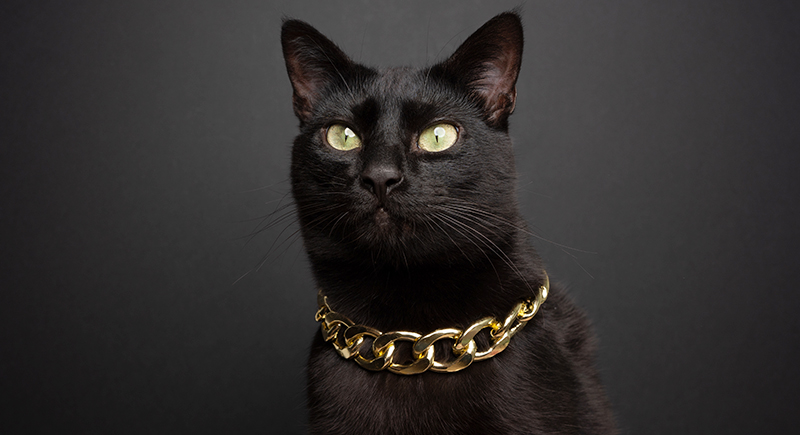
Credit: iStockphoto
Blackie, a British cat, became the richest feline on record after his owner, antique dealer Ben Rea, left him a fortune in 1988. When adjusted for inflation, Blackie’s inheritance would be worth over $25 million today. The money was distributed through charities tasked with caring for him.